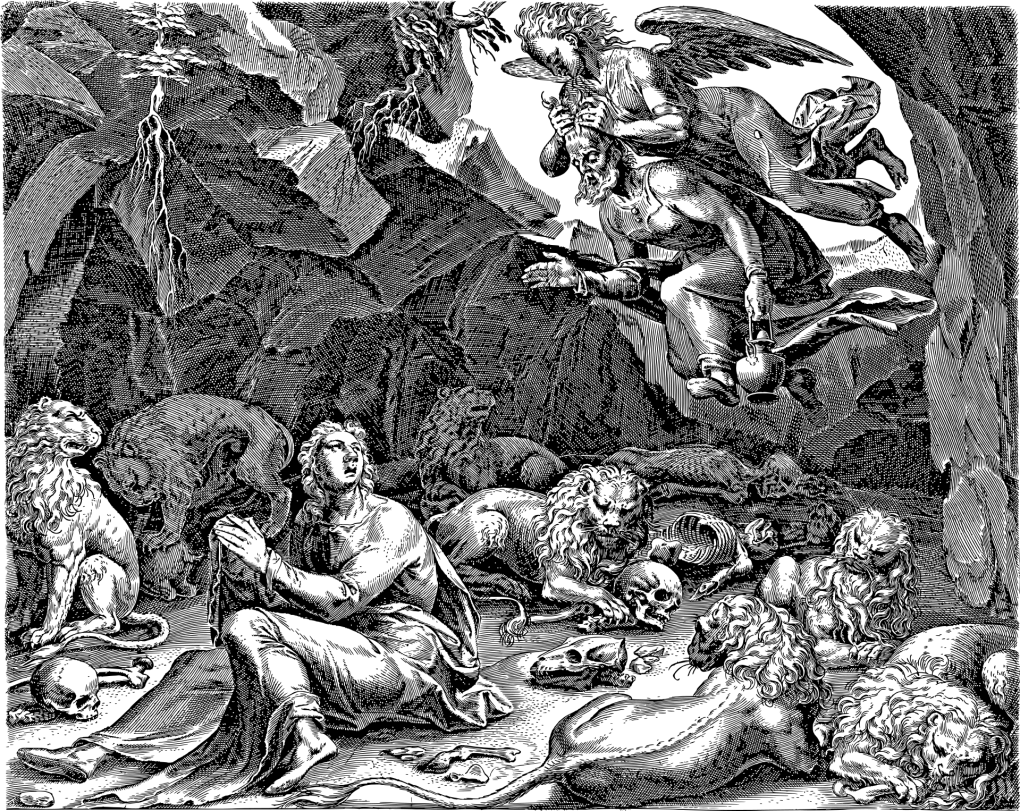by Gheorghe Săsărman
Translated from the Romanian by Monica Cure
*** Editors’ note: We continue publishing the missing entries from Săsărman’s groundbreaking 1975 urban fantasies’ cycle. The original collection of imaginary cities was censored in Communist Romania, and appeared in various states of incompleteness in other languages, incl. translated into English by Ursula K. Le Guin. We are grateful to Monica Cure for her faithful translation of the remaining pieces of the puzzle, hitherto unavailable in English language. For more information, read the introductory note to Motopia, the first entry in the series. ***

The inhabitants of Sinurbia suffered from an indeterminate nostalgia…
At first, the calm waters of the gulf rolled here, contrasting picturesquely with the precipitous cliffs of the shore. Later, after the idea was born of building a floating city near the overpopulated island, the waters of the gulf came to be streaked with bizarrely shaped ships. Not even a month passed before the inauguration of the first neighborhood—that of the builders. Soon, the other neighborhoods were added to it, the downtown, places of work and leisure; then the builders gathered up their tools and left, aboard their strange ships, just as unexpectedly as they had arrive. Their purpose destined them to an irremediable restlessness.
The city, suspended over the infinite greenish depths of the sea, had its traffic routes arranged in such a way as to avoid any intersections. The highways, subway lines, those of the monorails, and the pedestrian walkways, together made up an immense spider web, organized on several levels, which opened onto monumental esplanades and squares, flanked by the public buildings representative of that metropolis. Though they maintained an intense and agitated civic life, at home, the Sinurbians became quiet, meditative, as if only then did their true nature rise to the surface. As a result, out of all the edifices, homes enjoyed the greatest consideration. The houses—over which European fashion had failed to exert even the weakest influence for over a century—preserved an unaltered simplicity that had become tradition. The storage furniture was skillfully concealed behind the sliding walls; similar walls allowed the separation or combination of different rooms. The floor itself, whose elasticity and hardness could be adjusted according to one’s wishes, served as chairs and beds. Among the bright colors of the interiors, white dominated. In the living rooms, in a niche in one of the walls, a painting, a sculpture, or a simple flower vase could be seen.
And still, the inhabitants of Sinurbia felt themselves affected by an indeterminate nostalgia…
One day, one of them started turning their yard into a garden, in which they worked hard to reconstitute, in miniature, the landscape of their island of origin: rocks, sand, moss, bushes, a pool of water and an arched bridge, a pathway made from a few stone slabs, a gazebo with an upturned eave. The idea proved to be contagious: in short time, each inhabitant was one garden richer, a garden that was arranged according to the ability of its owner, but resembling, without fail, the native landscape. At once, the Sinurbians were free of the nostalgia.
Inexplicably, the waters of the gulf—proverbial for their calm—lost their tranquility. The face of the sea furrowed in ever more threatening billows. The sun vanished behind a dark curtain of clouds. A formidable typhoon shook the city from its very foundations. The foundations held firm. Built with foresightedness, the buildings, streets, and houses held firm as well. Only the gardens were completely devastated by the fury of the waters; at dawn, when the storm abated, the gardens had been replaced by deep sinkholes, caving in, at the bottom of which a tiny pool of sea darkly glistened like an eye.
Grimly determined, the people filled in the sinister pits, replaced the slabs, and started over arranging their gardens, to which they now felt their existence organically linked. Another typhoon made their work all for naught, and another, and another… Several people, terrified, exhausted, abandoned the fight. The number of those who had given up skyrocketed. Soon, only the first gardener, the one who had taught the inhabitants of Sinurbia how to get rid of their nostalgia, still stubbornly insisted on reinstalling, in the patched up yard, the bushes, the rocks, and the gazebo. But as soon as he would finish, a typhoon would start up again.
They advised him to quit. To no avail. Then, boiling with hatred, they shoved him into the chasm which again gaped in the middle of his yard, which he had been just about to refill. The sea’s eye gleamed wildly and smacked, swallowing him. They returned to their homes grinning, and accompanied by the curses and wails of his widow, by the heartrending cries of the three now fatherless children. The waters of the gulf became calm again, the sky cleared up; since then, not at a single typhoon ever descended over the city again. In each yard, however, the sea’s eye kept watch.
The Sinurbians were suffering again now, but not because of the indeterminate nostalgia of before; they were tormented by an overwhelming sense of dread. Every time they looked at the dark mouth that had taken the place of each of their gardens, they had nightmares. In secret, they gathered up their families and possessions, and one by one, they abandoned the city, vanishing without a trace by moving to the swarming island. Here, in complete safety, they atoned for their crime by teaching the islanders the fine art of gardening.
~

























































